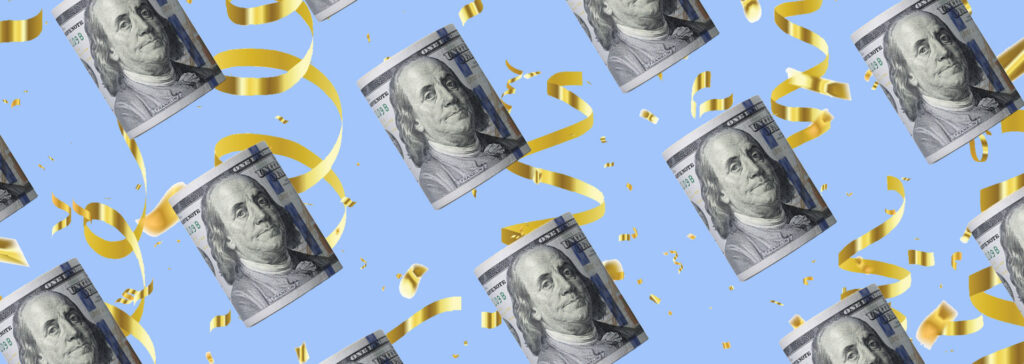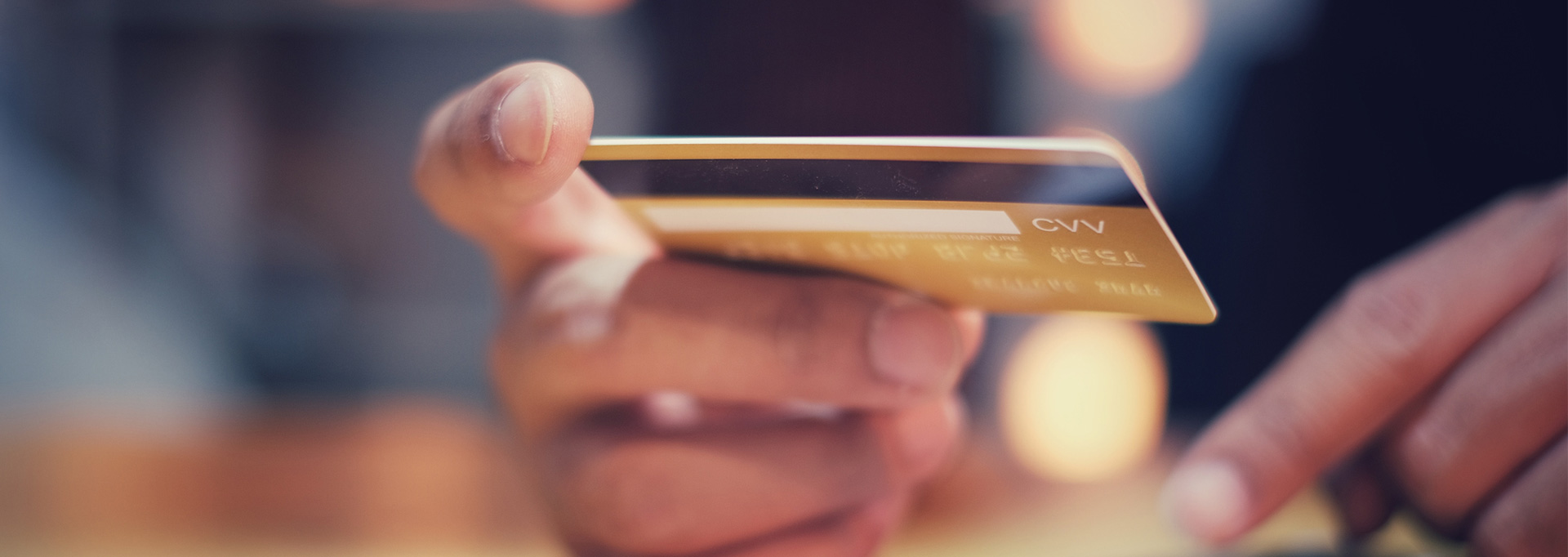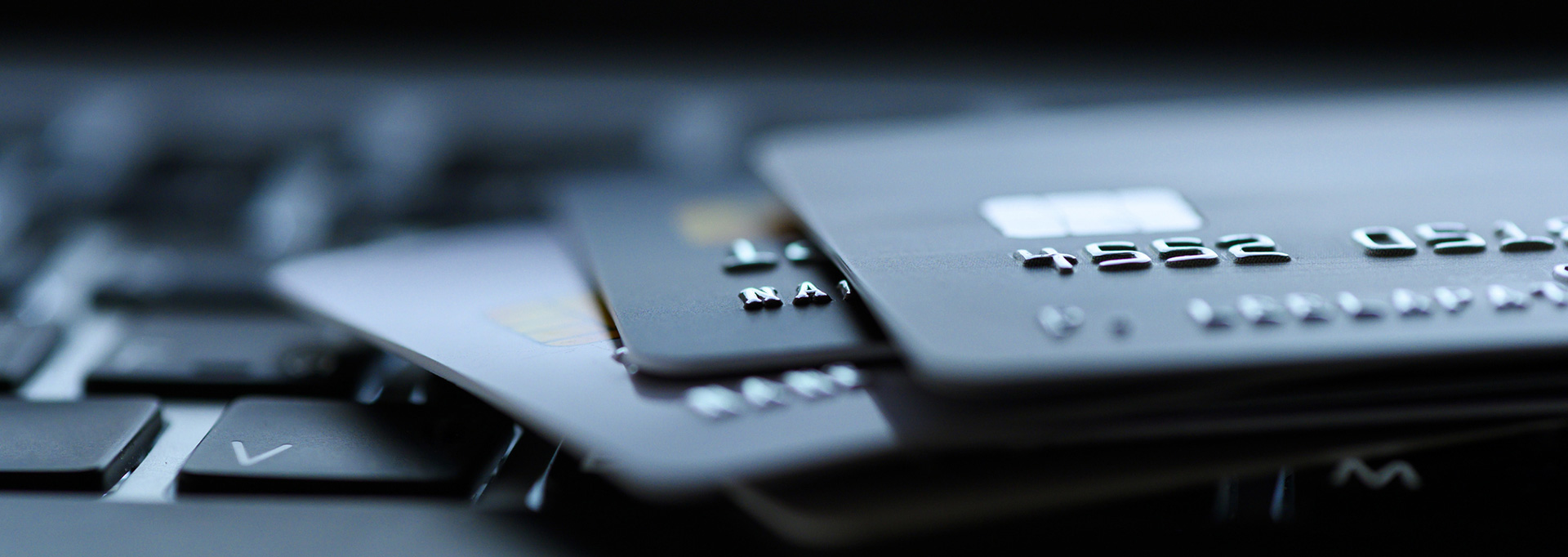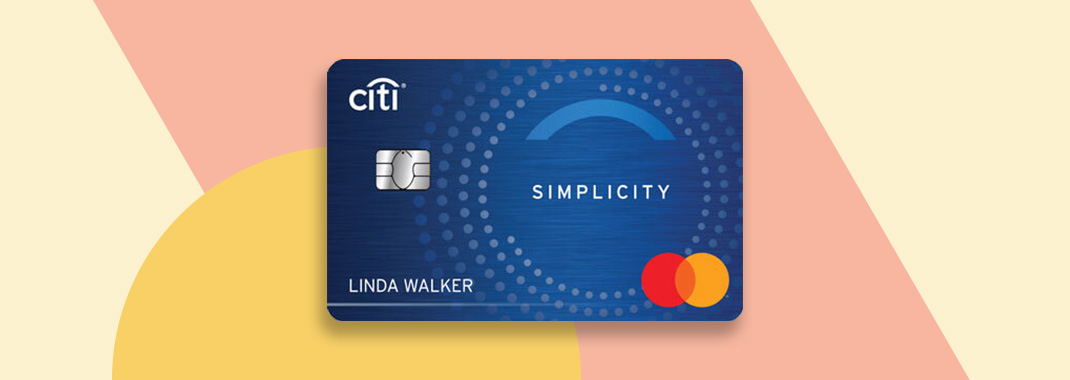Most products on this page are from partners who may compensate us. This may influence which products we write about and where and how they appear on the page. However, opinions expressed here are the author's alone, not those of any bank, credit card issuer, airline or hotel chain.
The cost of using credit cards has gotten more expensive for American consumers due to rising interest rates. When federal interest rates go up, the variable rate on credit card interest typically goes up as well. If you’ve relied on lower interest rates for your credit card spending or are just looking to learn how to stop getting hit with interest charges, read on to learn how to avoid paying high credit card interest.
How Does Credit Card Interest Work?

Credit card interest is what you pay a lender in exchange for borrowing money when you use a credit card. Credit card companies charge interest daily or monthly (depending on the card) on the unpaid balance after the grace period expires.
The grace period is typically the time in between the end of a billing cycle and the payment due date. For some companies, the grace period can be more than 30 days. During this grace period, consumers are not charged interest as long as the credit card balance is paid in full by the due date. Check to see the specific rules for your credit cards, as your grace period may be different.
 Related Article
Related Article
7 Personal Finance Apps for Saving, Budgeting & Investing on your Phone
How Is Credit Card Interest Calculated?
Banks calculate credit card interest by applying the annual percentage interest rate (APR) to the average daily balance of purchases. Some banks may compound interest daily or monthly, where you could be paying interest on your interest charges, so your calculations may vary slightly from the bank’s calculation.
Here is an example of how credit card interest is calculated using the average daily balance:
- Determine your daily rate: Divide your card's APR by 365 to find the daily rate.
- Example: If the APR is 16.98%, the daily interest rate is 16.98% divided by 365, which is 0.000465 per day.
- Find your average daily balance: Add up your balance for each day and divide it by the number of days in the billing period, which is usually 30 days. Look at your credit card statement to see what your balance is each day.
- Example: If you spend $500 on day 1 (and nothing afterward), and that was your balance every day for that billing period, your average daily balance would be $500.
- Calculate your interest charges: Multiple your average daily balance by the daily rate, and then multiply that by days in the billing cycle (30 days).
- Example: $500 x 0.000465 x 30 = $6.98, which is the estimated interest you'll be charged for that month.
Depending on how much you spend in a month, the interest charged may not seem high, but it can add up over time if you continue to carry over a balance.
Where Can I Find My Credit Card’s Interest Rate?
Most credit card companies disclose their credit card rates in the fine print at the end of each monthly statement. This section usually covers how the company charges interest and the grace period to pay for a purchase in full to avoid paying any interest charges.
In some cases, different balances are subject to different rates, which may include:
- Regular purchases
- Balances under promotional rates
- Balance transfers
- Cash advances
You will also find this information about the credit card interest rates in your cardholder agreement. Be sure you check the current cardholder agreement so you know exactly how much interest is charged on your spending.
Ways to Avoid Paying Credit Card Interest

If you're feeling the financial pinch and concerned about paying more interest on your purchases, here are some strategies that can help avoid paying interest on credit cards.
- Use debit cards: Debit card’s limit you to the cash you have on hand, so you are less tempted to spend what you don't have. Be aware that if you do overspend, you may have to pay overdraft fees.
- Pay off your balance every month: Pay the statement balance in full by the due date on your bill. Avoid charging more than you can afford so you have enough funds to pay off your balances each month.
- Create a budget: To help prevent overspending, create a budget so you know exactly how much you have allocated for your credit card spending.
- Consider a 0% intro APR credit card: Some credit cards offer an introductory period with 0% APR. This can be useful if you want to make a large purchase, as long as you can pay it off interest-free before the promo period ends.
- Set up autopay: You can set up autopay to automatically pay the outstanding balance when it’s due. But keep an eye on your expenses so you always have enough funds to prevent overdraft fees.
- Skip cash advances: Many credit card companies charge a fee for a cash advance. The interest rate is typically higher for a cash advance than for regular purchases on your credit card. Plus, interest charges accrue immediately and there may be no grace period.
- Use a balance transfer card: Balance transfer cards let you transfer an existing debt to a new card with lower interest, and this can be an effective way to tackle high-interest debt by reducing how much interest you’ll owe. Balance transfers can be tricky and come with a lot of fine print, though, so read the fine print to ensure you understand all the terms and fees.
Here Are the Best Balance Transfer Cards
Visit the Marketplace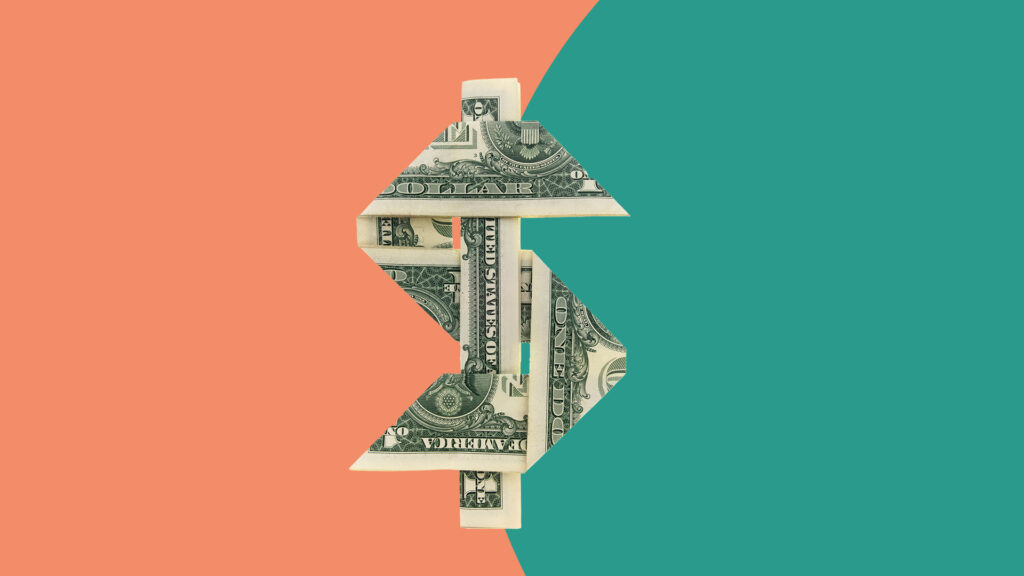
The Bottom Line
Many people are closely watching their spending due to inflation and caution around credit cards with high interest rates. Finding ways to minimize interest on credit card spending is one way to keep your finances in check. If paying off the full balance is challenging, consider paying more than the minimum payment to lower the amount of interest you will be paying overall.
FAQs
-
If you establish a good on-time payment history with your credit card company, you may ask for a lower rate for being a good customer. There is no guarantee you'll get it, but it can't hurt to ask.
Also, if you can't pay your credit card debts and are struggling financially, you may be able to negotiate a lower credit card interest rate to make the payments affordable to you. Lenders usually would rather get something than nothing and may lower your payments or interest rate to achieve this.
-
The annual percentage rate (APR) is the rate used to calculate yearly interest charges. The APR is applied when an outstanding balance is carried over to the next month.
-
Yes, as long as you have adequate credit limit remaining on the card, you can still use it. The common rule is that a credit card company or a bank applies a payment made on the day it is received, but there may be a cutoff time, such as 5 p.m., and the payment might not show it has been posted until the next business day.
However, if you have maxed out your card and paid it off the same day, it might make sense to wait until the payment is posted before making purchases with the card again.
-
To avoid paying credit card interest, you need to pay off the entire statement balance due before the grace period for any purchases made.


